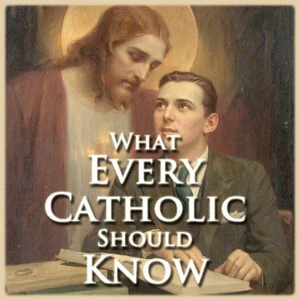10 Conditions that Must Be Met for a Godparent to Be Valid and Lawful According to Canon Law
(Fall-Winter, 2005)by the Very Rev. Fr. Casimir M. Puskorius, CMRI When the word “godfather” is mentioned in casual conversation, the image that sometimes comes to people’s minds is that of the Italian mobster serving as a baptismal sponsor. This is most unfortunate, because, whether fictional or real, such a scenario disregards the Church’s serious requirements for valid and lawful (i.e. licit) sponsorship in Baptism. The Church lays down these conditionsbecause of the vital importance of the sponsors: they are obliged to look after the Catholic upbringing of the child. They do not replace the parents in this regard, but are to supplement the parents’ efforts to raise the child in the Faith. Should the parents of the child become incapacitated, the entire obligation of Christian education (to the extent possible) devolves upon the godparents. Since the laity generally do not have access to Canon Law books, it is primarily for



